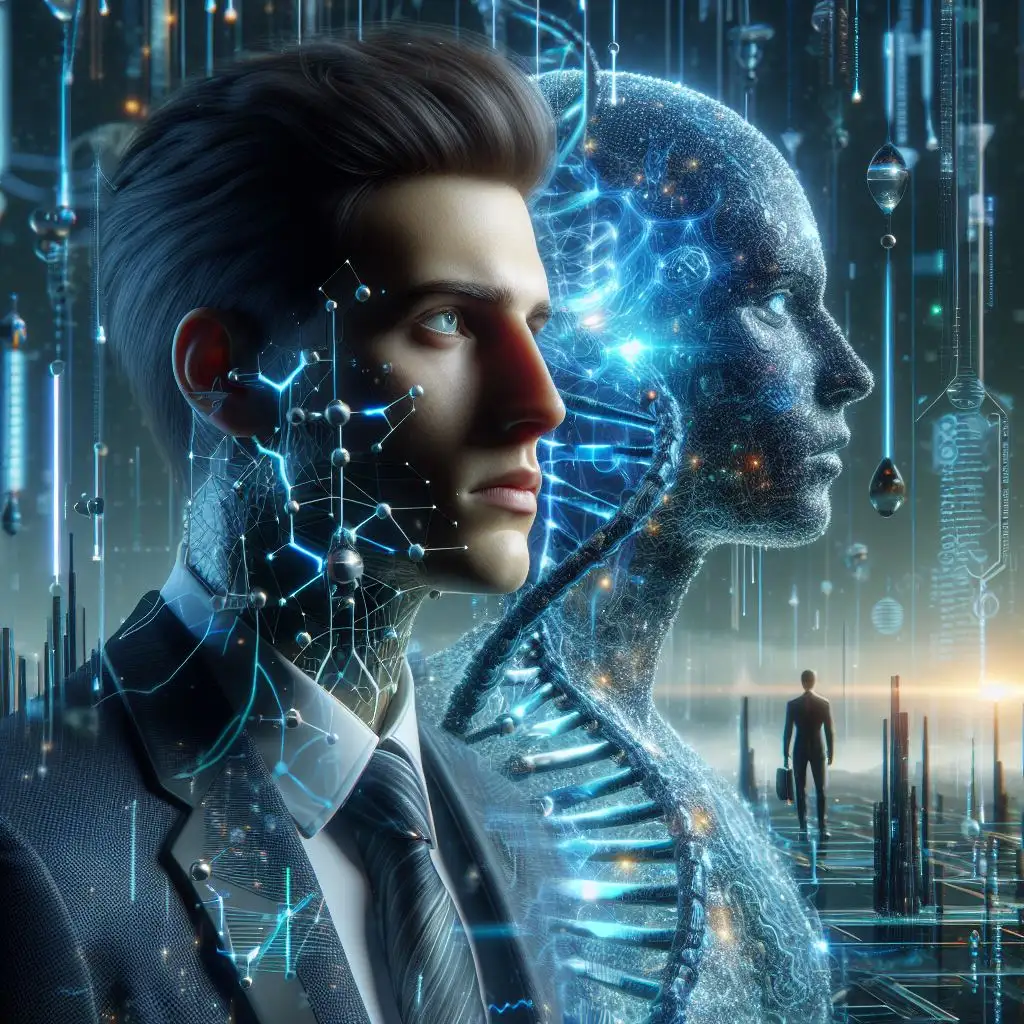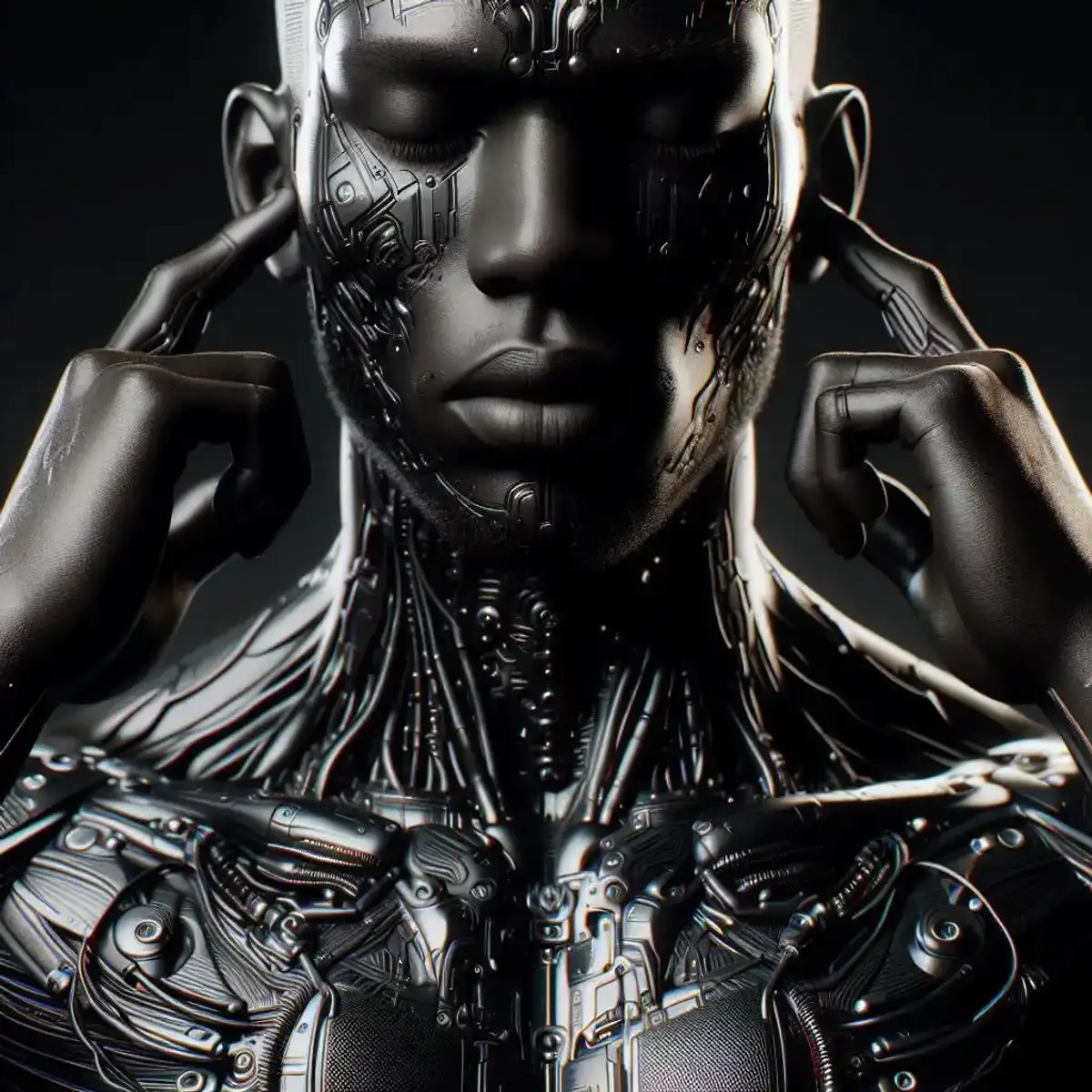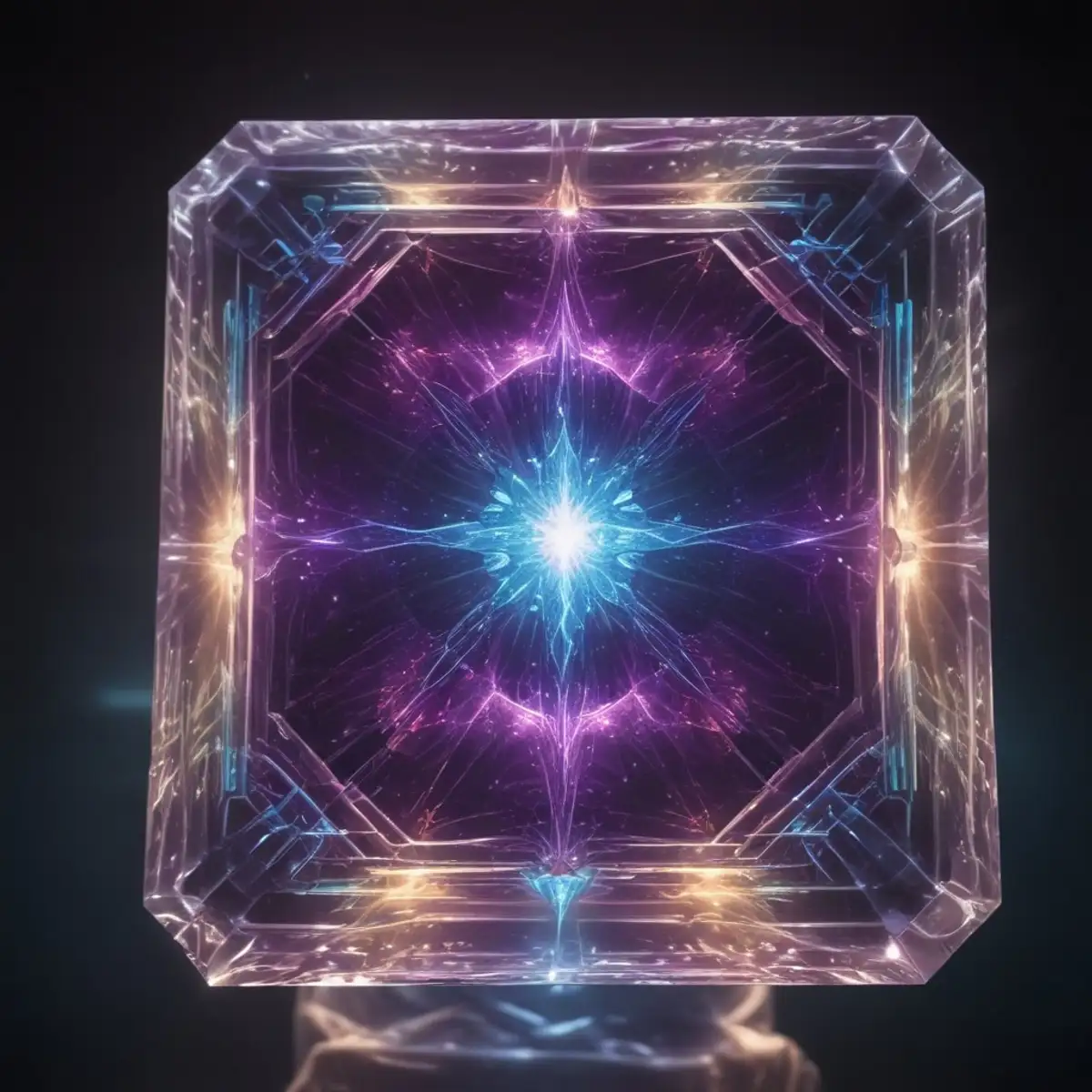You’re sitting in a gleaming medical office, scrolling through what looks like a luxury car configurator. Except instead of choosing leather seats or metallic paint, you’re selecting your future child’s traits. Blue eyes or brown? Athletic or artistic? High IQ or exceptional EQ?
I can tell you that the line between sci-fi and reality is getting blurrier by the day.
It’s Complicated
Remember watching “Gattaca” back in ‘97? That sleek, sterile world where your genetic profile determines your destiny seemed like a distant dystopian fantasy. Fast forward to 2025, and we’re having serious conversations about CRISPR technology, designer babies, and genetic enhancement. Suddenly, Ethan Hawke’s character scrubbing his skin raw to hide his “inferior” genetic identity doesn’t seem so far-fetched.
But here’s where it gets interesting and a little scary: we’re not just talking about eliminating devastating genetic diseases anymore. We’re standing on the precipice of something much bigger. The same tools that could help us cure cancer or prevent Alzheimer’s could potentially be used to create a two-tiered society of genetic “haves” and “have-nots.”
The Pandora’s Box of Possibilities
Let me paint you a picture of what’s already possible:
- Scientists can now edit genes with CRISPR-Cas9 technology (think of it as genetic scissors with GPS precision)
- We can screen embryos for hundreds of genetic conditions
- Researchers are exploring ways to enhance human capabilities through genetic modification
But here’s the million-dollar question — just because we can do something, should we?
When Science Fiction Becomes Science Fact
The first CRISPR-based treatments are already FDA-approved. We’re using genetic engineering to create more resilient crops, produce life-saving medications, and even bring extinct species back to life. Not so long ago, this used to be science fiction.
The Ethical Maze
Here’s where things get thorny. We’re facing questions that even the most imaginative sci-fi writers couldn’t have fully anticipated:
- If we can “design” our children, what happens to human diversity?
- Could genetic enhancement create a new form of discrimination?
- Who gets access to these technologies? (Without common international policy, probably not everyone)
- What about the unintended consequences? (Nature has a funny way of pushing back)
We Didn’t See Coming
While we were all worried about a mad scientist creating monsters in a lab, genetic engineering snuck into our lives through the back door. That tomato in your salad? Probably genetically modified. The insulin keeping millions of diabetics alive? Produced by genetically engineered bacteria.
Writing Our Own Future
As a science fiction author, I’ve spent countless hours imagining possible futures shaped by genetic engineering. But here’s the thing: we’re all authors of this story now. The decisions we make today about how to use and regulate genetic engineering will write the chapters of humanity’s future.
What’s Next?
The future of genetic engineering isn’t just about science - it’s about choices. As we stand at this crossroads, we need to ask ourselves, corporations and our governments some hard questions:
- Do we want a future where genetic “perfection” is the norm?
- Can we ensure these technologies benefit all of humanity, not just the wealthy?
- How do we preserve what makes us human while embracing these new possibilities?
Your Turn to Join the Conversation
I’ve shared my vision of the future in “The Birth of Cogenant,” but I want to hear yours. What do you think about genetic engineering? Are we heading toward utopia or dystopia? Share this post with your comments.
Remember, the future isn’t set in stone - it’s being shaped by our choices right now. And just like in any good sci-fi story, the most important question isn’t “Can we do it?” but “Should we?”
For an immersive exploration of future technology and its impact on humanity, check out “The Birth of Cogenant,” available now at major online bookstores.


